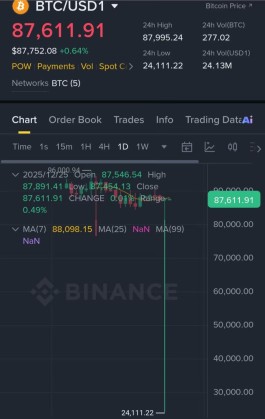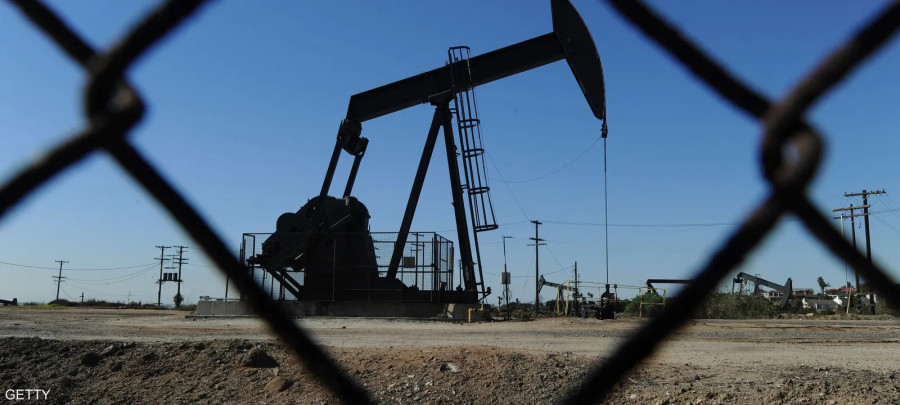Oil prices remained at their lowest levels in 3 months, after an expected decline in gasoline consumption in the United States joined a growing group of indicators showing that the demand outlook is getting weaker.
The price of Brent crude, which is considered a basic standard for the global market, slid to about $81 per barrel after falling by 4.2% yesterday, Tuesday, while West Texas Intermediate crude approached $77.
According to a report issued by the US government, demand for gasoline in the United States is expected to fall to its lowest level in 20 years during 2024 on a per capita basis, and increased fuel prices for consumers and inflation may cause a decline in recreational driving rates.
The price of oil has fallen sharply over the past three weeks as it loses the war risk premium between Israel and Hamas and the demand outlook deteriorates. Added to this are concerns about the state of the economy in China (the world's largest importer of crude oil), and new doubts about whether the Federal Reserve has actually finished tightening monetary policy in the first place.
Large supply in the oil market
In terms of supplies, Russian shipments are approaching their highest levels in four months, and sector data showed an increase in US crude inventories by about 12 million barrels last week.
The impact of the increasing bearish indicators is also visible on the futures curve, with the WTI spot spread now standing at just 11 cents per barrel in backorder, with closer shipments being more expensive than their longer-term counterparts. However, this number is less than the difference reached by contracts in the case of Backorder during last October 23, which amounted to more than a dollar.
Saudi Arabia confirms the voluntary reduction of one million barrels of oil per day in December
Warren Patterson, head of commodities strategy at ING Groep, said: “It is clear that market supplies are not declining as severely as many expected, as concerns about potential disruptions to Middle East supplies have subsided, and sentiment has largely subsided.”
Limited impact of the war on oil
The war between Israel and Hamas has entered its second month with Israeli forces moving into central Gaza City. Israeli Prime Minister Benjamin Netanyahu told ABC News that his country could continue its security control of the Gaza Strip for an “indefinite period.” The conflict has not yet affected oil supplies from the Middle East, which provides about a third of the world's crude oil production.
How is the global oil market affected by the conflict between Israel and Palestine?
On the other hand, the industry-funded American Petroleum Institute reported on Tuesday that US crude oil inventories at the main storage center in Cushing, Oklahoma, increased by 1.1 million barrels last week, according to a person familiar with the matter. This will be the largest increase since last June if officially confirmed. The Energy Information Administration will not publish official data on Wednesday, as expected, but will release data for two weeks together on November 15.
However, the OPEC+ alliance said it remains optimistic about the demand outlook, as it prepares for the next member states' ministers' meeting. Saudi Arabia and Russia may decide whether to extend voluntary supply cuts until 2024 during the meeting, which will be held at the end of the last week of November.







































